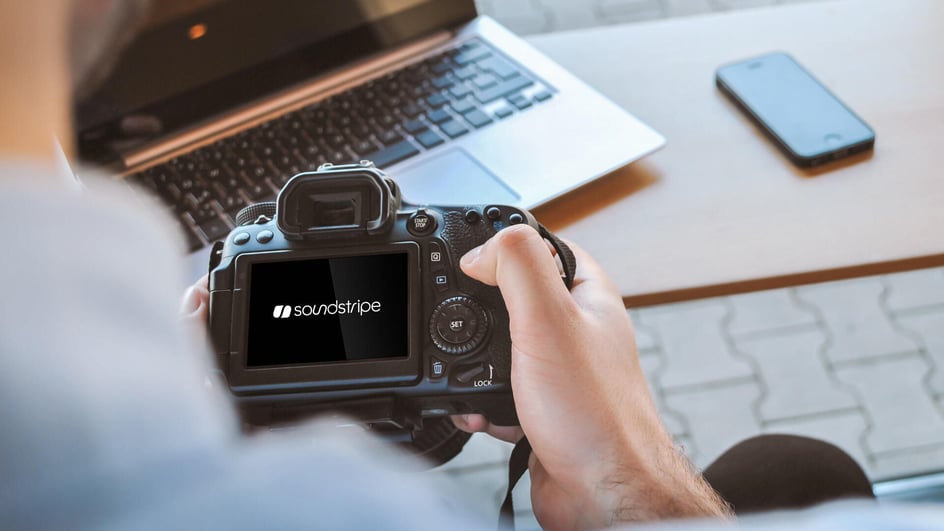
Jun 4, 2020
Filmmaking has become more accessible than ever before. You no longer need to go to film school or work for a Hollywood production company to make something great.
You don’t even need to buy a $10,000 camera or become an expert in color grading.
People just like you are out there right now making short films, starting YouTube channels, and telling stories in new and innovative ways. You only need two things to get started: an idea and a camera, even if it’s just your iPhone.
Of course, turning your new hobby into a side hustle is a different story entirely. To really understand the ins and outs of filmmaking — and to improve to the point where you can get paid to work on videos — you’ll have to put in more time and effort than a hobbyist.
So, to help you take the right steps at the start of your filmmaking journey, here is a beginner’s guide to videography.
People Also Read:
Important Video Equipment And Software
This might seem contradictory, but hear me out. While it’s true that you can get into video production with a smartphone and a free editing app, that isn’t the level of content you’ll want to put in a demo reel or show to potential clients.
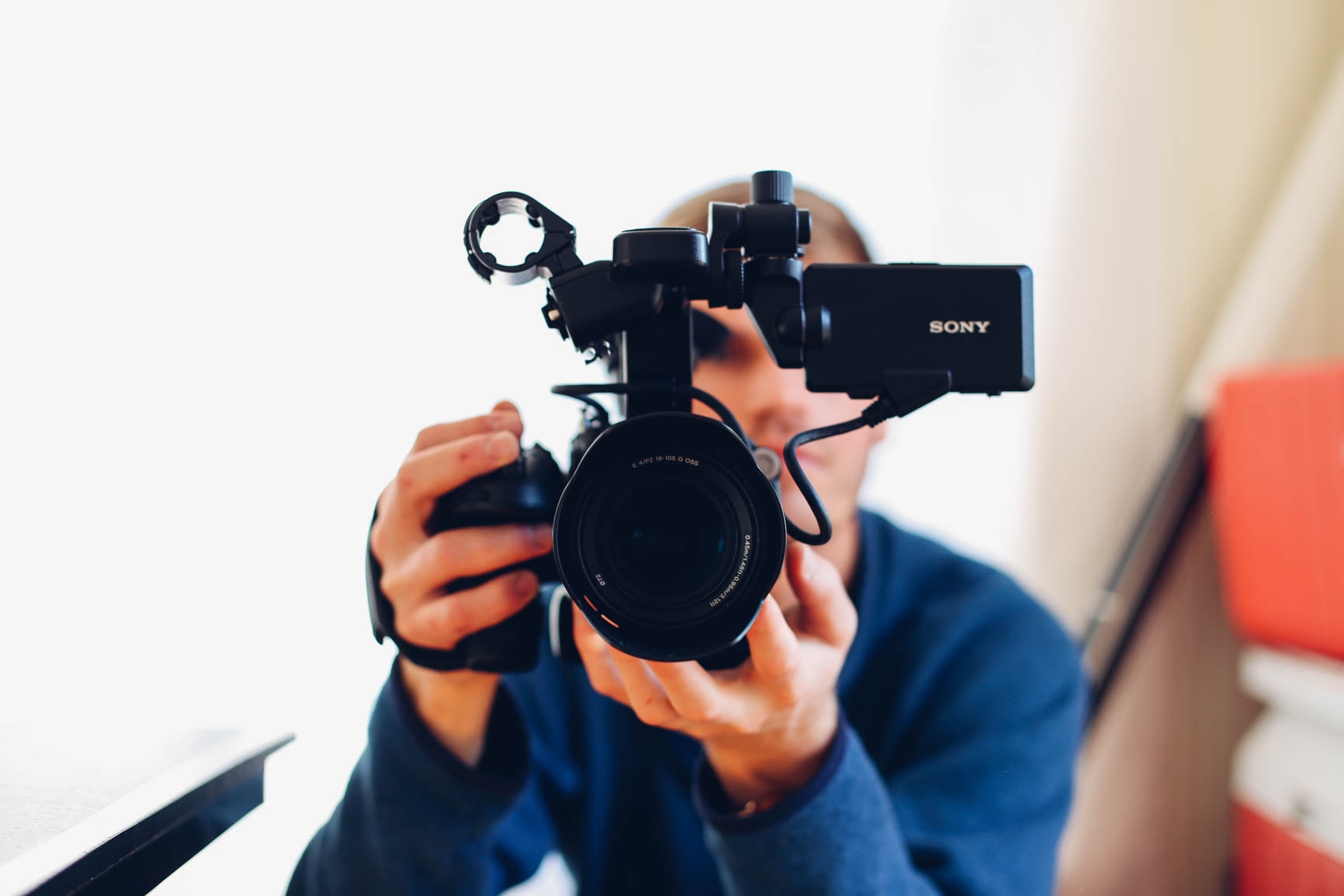
If you’re serious about filmmaking, you need to put down at least some cash. A dedicated camera, a top-rated microphone, and an editing program are industry standard tools of the trade. You can even keep adding new skills to the list, picking up stuff like green screen lighting.
And if you learn how to use them, you’ll also be able to collaborate with other creators on bigger, more elaborate projects.
Let’s start with some camera recommendations, provided by Soundstripe’s in-house filmmaker.
Cameras Are A Filmmaker’s Best Friend
One of the best ways to get into videography is with a camera kit. The price tags will be a little higher than a camera-only purchase, but that’s to be expected. In addition to a camera, you’ll also get a lens, storage, spare battery, etc., and that will save you money in the long run.
In this scenario, upping your investment won’t just raise the video quality: It will also help you stretch your funds even further as you get more into filmmaking.
Here are some kits that range from $1,000 to $2,000. And while they might not be the cheapest options on the market, they are professional quality cameras that can fit a freelancer budget:
- Canon EOS M6 Mark II ($999)
- Canon EOS R ($1,799)
- Blackmagic Design Pocket Cinema Camera 6 ($1,995)
- Panasonic Lumix DC-GH5 ($2,095)
Choose The Right Editing Software
The next important tool for any filmmaker is editing software. It’s a creative hub where you’ll turn raw footage into a finished product. And if you plan to do any color grading, sound design, transitions, or special effects, you’ll need to invest in video editing software at some point.
Most filmmakers will argue between DaVinci Resolve vs Premiere Pro, but the truth is that you have a lot of different options to choose from.
(And yes, some of them are free, which is the perfect price for getting into a new — and kind of expensive — thing like videography.)
- Many videographers consider Premiere Pro the end-all, be-all editing software. It has become an industry standard for filmmakers of all kinds and all experience levels.
-
Adobe Premiere Elements
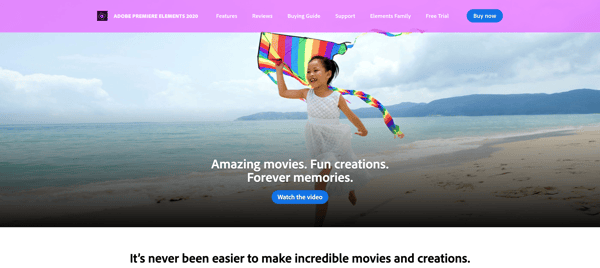 Adobe describes this product as a scaled-down version of Premiere Pro that is perfect for new filmmakers. It has the most important features and assets without the most complicated tools.
Adobe describes this product as a scaled-down version of Premiere Pro that is perfect for new filmmakers. It has the most important features and assets without the most complicated tools. -
DaVinci Resolve
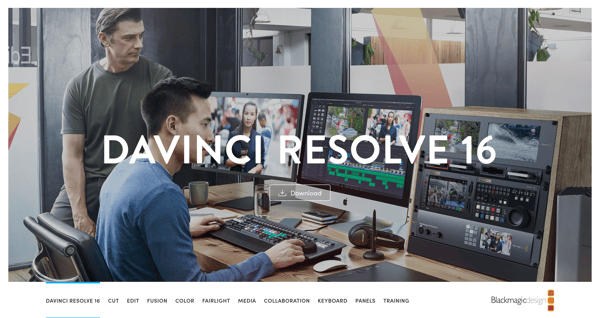 DaVinci is the biggest competitor to Adobe’s products. It’s a dedicated video editing software best known for its coloring capabilities and organization of layers.
DaVinci is the biggest competitor to Adobe’s products. It’s a dedicated video editing software best known for its coloring capabilities and organization of layers. -
If you’re looking to start creating videos with your iPhone, this is the obvious entry point to get started with editing software. It’s a free program available on any Apple device.
While they are much cheaper than cameras, software can be even more overwhelming because it’s hard to know what will meet your needs. But many programs offer trial versions, and you can always look up tutorials and guides that break down the available features in each program.
However, the most important step as a new filmmaker is to spend time researching.
Only you know what your needs and expectations are right now. Filmmaking is a broad field with many styles of content, and things are always evolving. These lists of cameras and editing software are simply Soundstripe’s recommendations for you as you get started in videography.
Additional Videography Resources
We’ve shared many other helpful resources, such as a storyboard template, microphone recommendations, unlimited graphic design, and a list of the most popular video hosting sites. But the advice we are most confident about is the value of using royalty free music in your videos.
The traditional model of music licensing looks something like this: You want to use a popular song (think of your favorite radio hit right now) in your next video. But first, you need to reach out and get approval from every person who can claim ownership of that song.
Now, music ownership is a convoluted process. A list of song owners can include the songwriter, the recording artist, the performing artist, mix engineers, the record label, etc. And you need every single person to agree to the terms of your music license before you can use the song.
Oh, and that music license can cost you upwards of $10,000 for a single-use license. If your video generates any revenue (either as a commercial project or as a part of a monetized YouTube channel) you will also need to agree to recurring royalty payments where you continue to share a percentage of profits to the song owners.
Royalty free music cuts through all of that nonsense. It’s a setup designed to make sure musicians get paid, but not by you.
For instance, at Soundstripe, we own every song in our library. That means we pay artists upfront for their music. So when you license a song from us, there are no hidden fees or royalty payments to deal with. No worrying about negotiating licensing agreements. No fear of copyright claims getting your videos removed.
If you sign up for a Soundstripe subscription plan, you’ll get access to thousands of radio-quality songs that you can download and use however you want. And that subscription can cost you as little as the same price as two lattes per month, which means you’ll save a lot of money in the long run.
We can’t create a beginner’s guide to videography and not tell you about how royalty free music can make your life easier. It’s a popular way that content creators save time, money, and effort.
And as someone who is just starting out in this field, you’ll want to find any advantage you can get your hands on. Especially if it keeps your hard-earned money in your pocket.
Further reading
Interested in reading more top resources and getting our best filmmaking tips and tricks? Here are a couple of our most popular articles from across the Soundstripe blog:
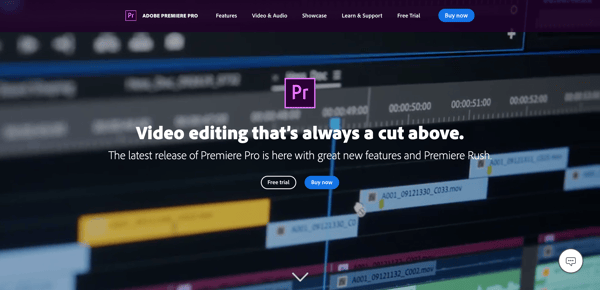
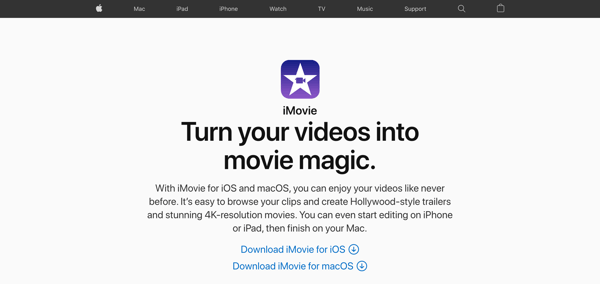
%20(1)%20(1)%20(1).webp)